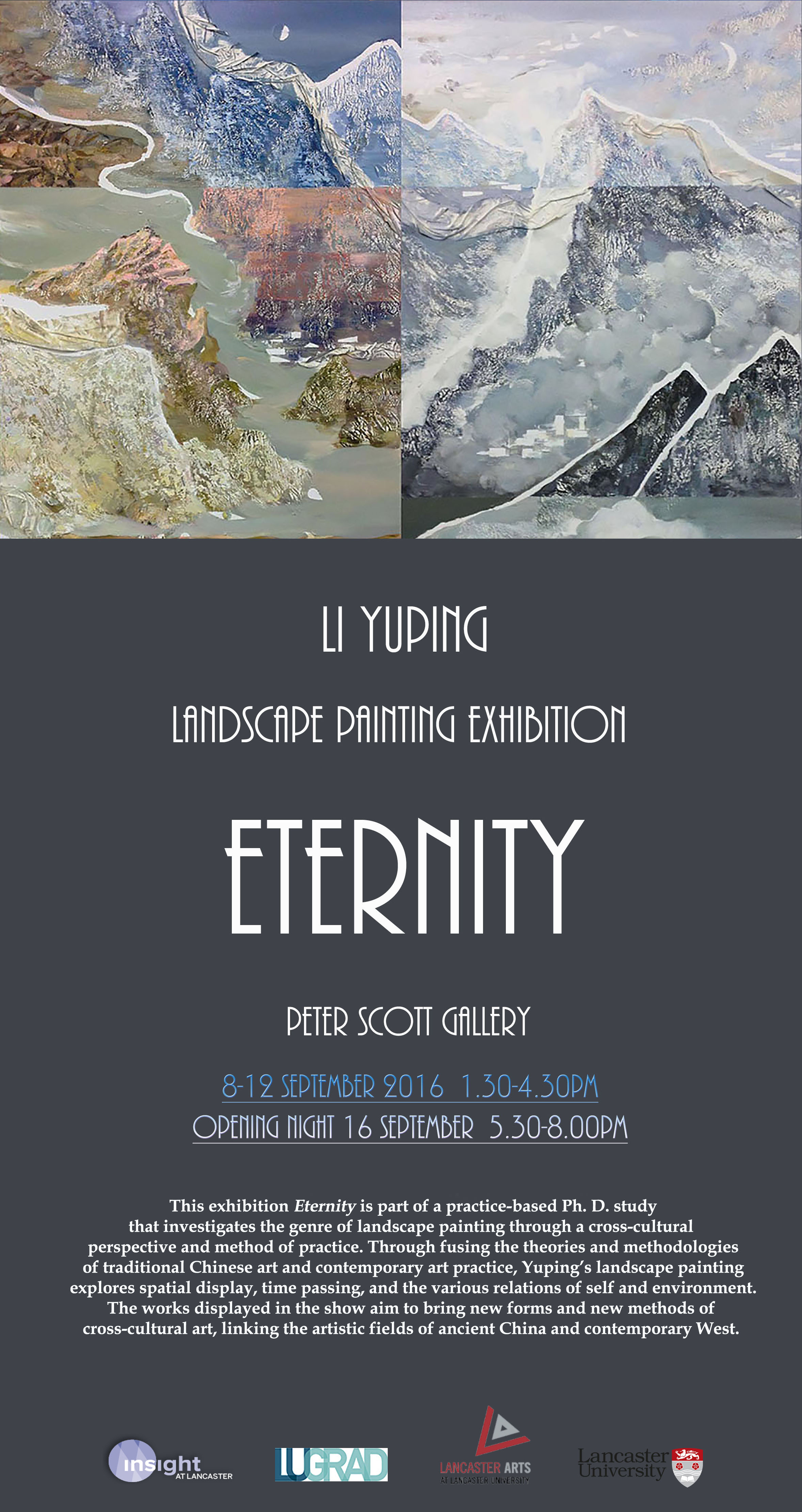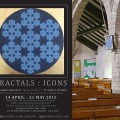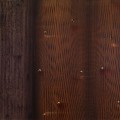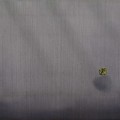Fractals: Chromatic Continuum
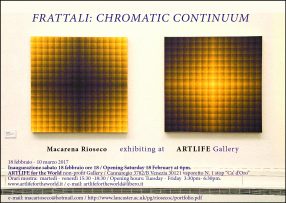
Fractal geometry was formalised in 1975 by Benoit B. Mandelbrot. It extended the classical framework of Euclidean geometry that dominated for centuries in western philosophical and scientific thinking. Mandelbrot describes a fractal as ‘a rough or fragmented geometric shape that can be split into parts, each of which is (at least approximately) a reduced-size copy of the whole’. The fractal model mirrors distinctive types of rough, broken or irregular natural formations. It is a self–similar, iterated and detailed mathematical construct. Every unit in it can equally correspond to a whole and a part of a bigger whole at the same time. As consequence, fractals are ideally endless.
The chromatic compositions of the paintings in this exhibition follow fractal relations between very subtle degradations of colours. These colour relations are repeated at different scales of magnification within each painting. Due to those relations, the depictions in these works show rhythmical compositions where the colour dynamics resembles the properties of wave propagation, in particular, the properties of light: in between waves and particles. Also, the images in these paintings are emergent properties of the tonal differences between accumulations of coloured brushstrokes. Due to the level of details, the relation between the parts and the whole is markedly a main characteristic of these paintings. Depending on the distance taken by the viewer, different colour dynamics can then be established. This change of perception, that depends on the perspective from where the paintings are perceived, is inspired on the emergent properties that are characteristic of fractals.


